Charting the journey of the Bible in Arabic, this exploration unveils a rich tapestry of linguistic evolution and cultural impact.

The Bible in Arabic Language
Navigating the landscape of the Bible's translations, you'll find the Arabic version to be a river with many tributaries, each contributing to a rich tapestry of linguistic and cultural expression. Early translations and origins are not just historical footnotes; they're the foundation stones of how the sacred text interacts with a complex linguistic heritage.
As you explore further, you'll encounter the pivotal role of Christian monks, the linguistic hurdles crossed, and the profound influence on Arab Christianity. Each segment of this journey offers insights into not just the text itself, but also the variants and textual differences that have shaped modern interpretations and cultural acceptance.
What lies ahead is an intricate mosaic of faith, language, and identity waiting to be pieced together.
Key Takeaways
- The Arabic Bible's translation played a key role in spreading Christianity and fostering interfaith dialogue.
- Linguistic challenges and cultural nuances were crucial in preserving the original text's meaning during translation.
- Modern editions and digital adaptations have made the Bible more accessible to Arabic-speaking audiences.
- The Arabic Bible contributes to theological research, cultural heritage conservation, and interfaith understanding.
Early Translations and Origins
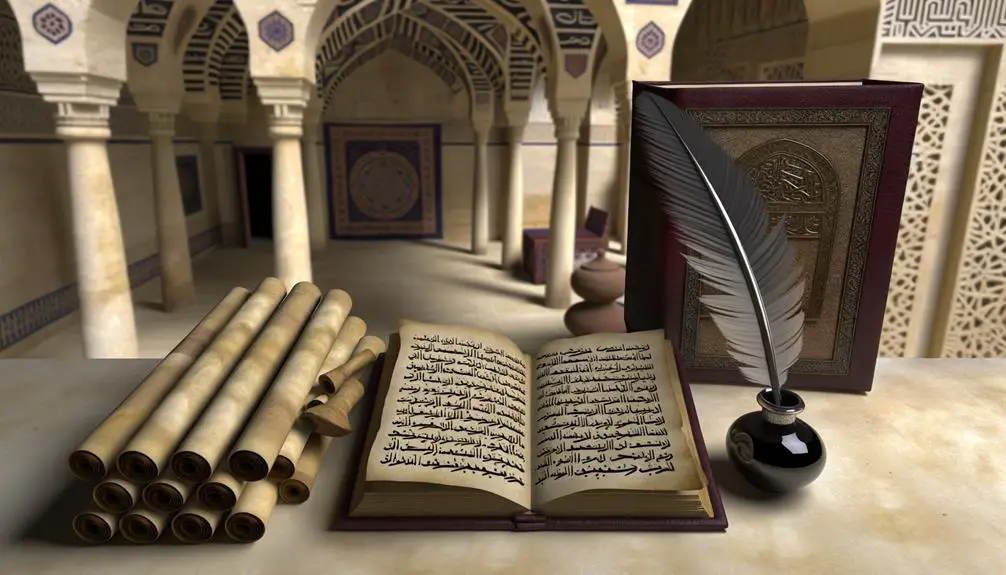
The journey of translating the Bible into Arabic began in the early Christian centuries, marking a pivotal moment in the spread of Christianity across linguistic borders. This endeavor wasn't merely a linguistic translation but also a cultural adaptation, allowing the sacred text to become accessible to a broader audience. The process was complex, influenced by the sociopolitical context of the time and the technological limitations.
Manuscript discovery has played a crucial role in understanding the origins and early translations of the Bible into Arabic. Archaeological findings, including fragments of early translations, have offered invaluable insights. These manuscripts, some dating back to the 8th century, reveal the meticulous efforts of early translators to convey the nuances of the original texts. They serve as a testament to the intercultural exchange that occurred in the medieval period, highlighting the shared heritage among Abrahamic religions.
Translation technology, or the lack thereof, significantly impacted the early translation efforts. Without the advancements we take for granted today, translators relied on their knowledge of languages and the manuscripts available to them. This required a profound understanding of both the source and target languages, as well as the theological implications of each translation choice. The process was painstakingly slow, often requiring the collaboration of scholars from different linguistic and religious backgrounds.
Analyzing these early translations from a scholarly perspective, it's clear that they were monumental tasks that required not only linguistic dexterity but also a deep theological understanding. The interplay between manuscript discovery and the rudimentary translation technology of the time underscores the complexity and significance of translating the Bible into Arabic.
The Role of Christian Monks
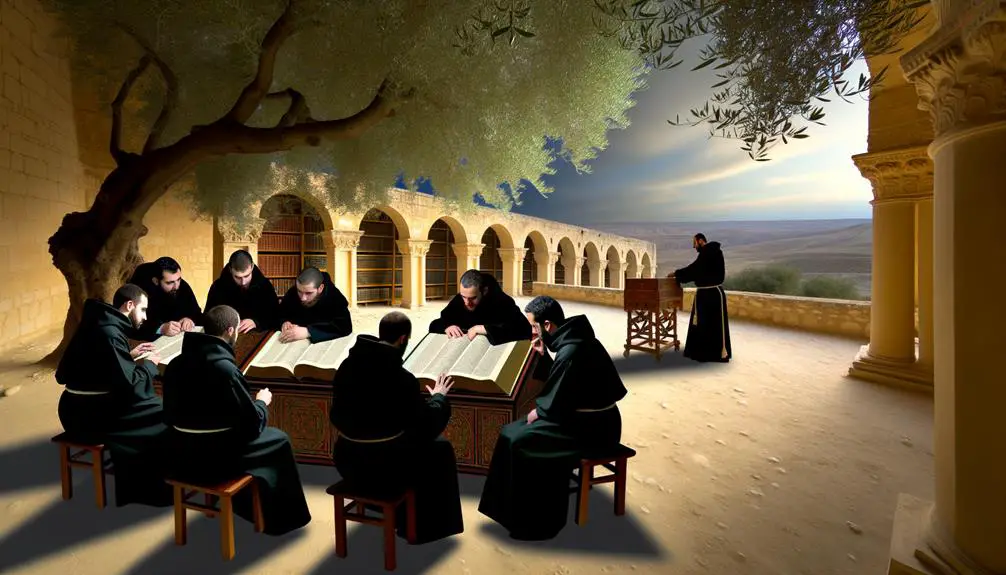
You'll find that Christian monks played a pivotal role in the history of the Bible in Arabic. They were instrumental in preserving Arabic scriptures, translating key religious texts, and fostering interfaith dialogue.
Their contributions not only bridged linguistic gaps but also facilitated a deeper understanding among diverse religious communities.
Preserving Arabic Scriptures
Christian monks played a pivotal role in preserving Arabic scriptures, meticulously transcribing texts to ensure their survival through turbulent times. Their dedication not only safeguarded these religious documents but also set the stage for future advancements such as scripture digitization and the consideration of translation ethics.
Effort |
Impact |
|---|---|
Transcription |
Preserved Scriptures |
Digitization Efforts |
Accessible Knowledge |
Ethical Translation |
Authentic Interpretations |
Manuscript Protection |
Cultural Heritage Conservation |
Scholarly Analysis |
Deeper Understanding |
This table illustrates the profound effects of their work, highlighting the emotional and intellectual resonance of preserving sacred texts. The monks' contribution extends beyond mere preservation; it encompasses a commitment to ensuring the accessibility, authenticity, and integrity of the scriptures, thus maintaining their relevance and sanctity in the modern world.
Translating Religious Texts
In dissecting the role of Christian monks in translating religious texts, it's vital to recognize their meticulous approach to ensuring the accuracy and integrity of these sacred documents. They navigated language barriers with profound dedication, understanding the complexities involved in translating not just the words, but the essence of the spiritual messages.
Their work wasn't merely linguistic but deeply ethical, embodying a commitment to translation ethics that respected the original texts' sanctity while making them accessible to a broader audience. This careful balance demonstrates their profound respect for the texts themselves and for the diverse communities they aimed to serve.
Through their efforts, Christian monks bridged cultural divides, ensuring that the spiritual wealth contained within these texts was shared far and wide, transcending linguistic boundaries.
Interfaith Dialogue Contributions
Building on their role in translating religious texts, monks also significantly contributed to interfaith dialogue, fostering understanding and respect among diverse religious communities. They bridged language barriers and engaged in religious diplomacy, ensuring that the essence of spiritual messages transcended cultural divides.
Contribution |
Impact |
|---|---|
Translating texts |
Reduced language barriers |
Hosting dialogues |
Enhanced interfaith understanding |
Educational initiatives |
Increased literacy in religious studies |
Cultural exchanges |
Promoted appreciation of diverse traditions |
Peace-building efforts |
Mitigated religious conflicts |
Through these actions, monks didn't just translate words; they translated meaning, allowing people from different faiths to find common ground. Their efforts in religious diplomacy have left an indelible mark on the history of interfaith relations, demonstrating the power of dialogue and understanding in overcoming divisions.
Linguistic Challenges and Solutions
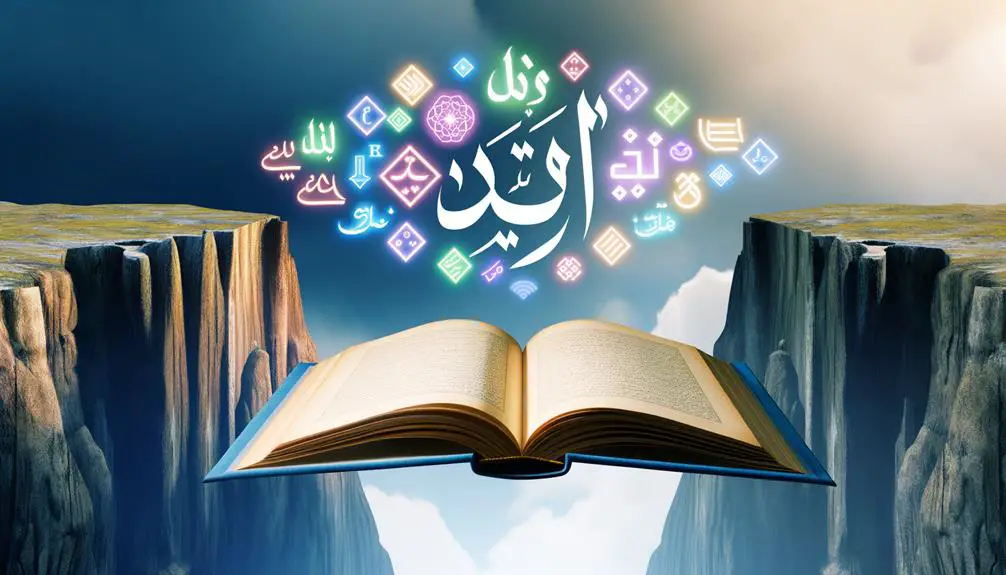
You'll find that the translation of the Bible into Arabic presents unique linguistic challenges, necessitating innovative solutions over centuries.
Historical translation efforts reveal a landscape of adaptation, aiming to preserve sacred meanings while navigating the complexities of cultural nuances.
Furthermore, modern digital adaptations underscore the ongoing quest to enhance accessibility and understanding in our contemporary era.
Historical Translation Efforts
Several historical translation efforts encountered linguistic challenges when adapting the Bible into Arabic, necessitating innovative solutions to preserve its original meaning. Translation methodologies varied significantly across different periods and contexts, often reflecting the evolving linguistic landscape and the translators' understanding of Arabic and Biblical languages. Early translators grappled with the absence of equivalent terms for specific biblical concepts, leading to the development of new lexicons and the adoption of loanwords.
Moreover, translation funding played a crucial role in the scope and quality of these efforts. Financial support from religious institutions, governments, and private donors enabled the assembly of skilled translation teams and the procurement of necessary resources. This backing was instrumental in overcoming the linguistic hurdles, ensuring that translations remained faithful to the source text while being comprehensible to the Arabic-speaking audience.
Cultural Nuance Handling
Translating the Bible into Arabic not only presented linguistic challenges but also required meticulous attention to cultural nuances to ensure the preservation of the text's original meaning and resonance. Language adaptation and translation ethics were at the forefront of translators' concerns. They had to navigate:
- Identifying equivalent expressions that respect both the source's integrity and the target culture's sensibilities.
- Balancing literal translation with the necessity for the text to feel natural and accessible to Arabic speakers.
- Handling theological terms with care to avoid misinterpretation or offense.
These strategies underscore the complexity of rendering religious texts in a way that honors their sacredness while making them understandable and relevant to new audiences. The process is a delicate balancing act, demanding deep linguistic knowledge and cultural empathy.
Modern Digital Adaptations
In the era of digital technology, adapting the Bible into Arabic presents unique linguistic challenges and innovative solutions. Digital platforms have emerged as pivotal in addressing these challenges, facilitating the integration of the sacred text into the digital sphere.
Through meticulous programming and design, developers have crafted interfaces that accommodate the Arabic script's right-to-left reading direction, ensuring the text's integrity and accessibility. Moreover, accessibility initiatives have played a crucial role in making the Bible available to a broader audience, including those with visual impairments.
Influence on Arab Christianity
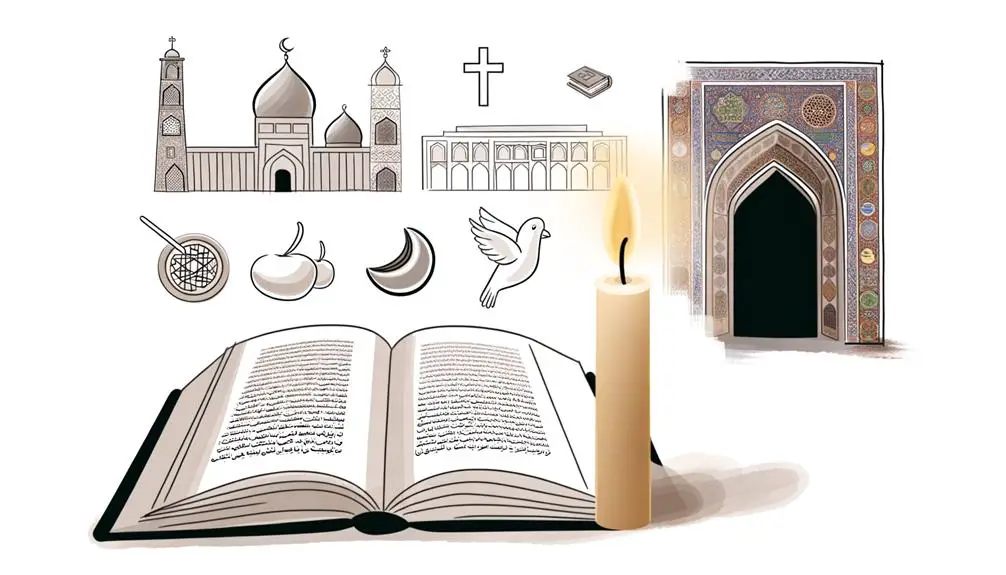
The translation of the Bible into Arabic significantly shaped the development and expression of Arab Christianity. By making the sacred texts accessible in the vernacular, it allowed for a deeper integration of Christian doctrine into the fabric of Arab culture. This process didn't merely translate words; it transplanted literary styles and nurtured diverse community identities within the Arab Christian diaspora.
- Literary Styles: The Arabic Bible adopted and adapted various literary forms prevalent in Arab culture, from poetry to prose, making its teachings more relatable and its wisdom more accessible. This blending of literary styles helped in embedding Christian narratives within the rich tapestry of Arab literary traditions, fostering a unique Christian literary genre.
- Community Identities: Arabic translations of the Bible played a pivotal role in shaping the identities of Christian communities across the Arab world. They provided a common religious and cultural heritage that helped in defining the boundaries of community identity, while also encouraging dialogue and interaction with the broader Muslim majority.
- Cultural Integration: The integration of biblical stories and principles into the Arabic language and thought facilitated a deeper cultural resonance of Christian teachings. It allowed Christianity to be perceived not as a foreign element but as an integral part of the Arab cultural landscape.
The influence of the Arabic Bible on Arab Christianity is profound and multifaceted. It hasn't only preserved the faith in a region where Christianity isn't the majority religion but also enriched the cultural and religious dialogue, creating a unique space for Arab Christians within the tapestry of global Christianity.
Variants and Textual Differences
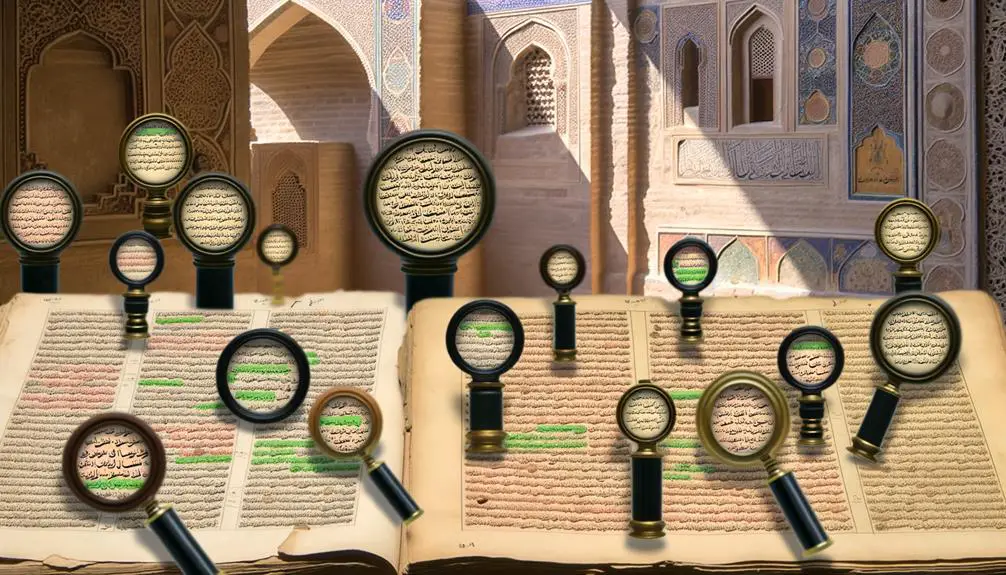
Understanding the influence of the Arabic Bible on Arab Christianity naturally leads us to explore the variants and textual differences within its translations. These differences aren't merely academic; they underscore the complexities in conveying sacred texts across languages and cultures. You'll find that the quest for manuscript authenticity plays a crucial role in understanding these variants. Scholars painstakingly compare ancient manuscripts to discern the most accurate representations of the original texts. This meticulous process reveals the layers of translation methodologies that have evolved over centuries.
Translation methodologies, indeed, are at the heart of why these differences exist. Each translator approaches the text with a unique blend of linguistic skill, theological perspective, and cultural understanding. Some prioritize a word-for-word translation, aiming to stay as close to the original language as possible, while others opt for a thought-for-thought translation, focusing on conveying the meaning rather than the exact wording. These methodologies can lead to significant variations in how passages are interpreted and presented in Arabic.
Furthermore, the historical context in which a translation was made influences its content and style. Translators working under different Islamic caliphates, for instance, might've subtly adjusted their work to better align with the dominant cultural and religious narratives of their times.
Analyzing these variants and textual differences, therefore, provides you with not just a deeper understanding of the Arabic Bible itself but also insights into the broader historical and cultural interactions between Arab Christianity and the surrounding Muslim majority societies.
Modern Editions and Interpretations
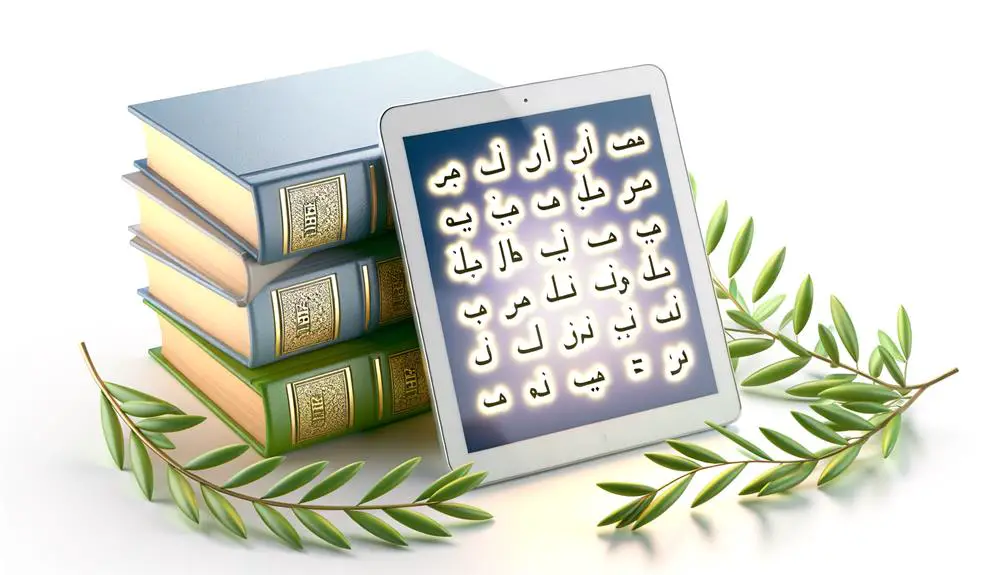
Several modern editions and interpretations of the Arabic Bible reflect the dynamic interplay between tradition and contemporary linguistic and theological insights. With the advent of advanced translation technology, scholars and translators now possess tools that enhance accuracy and readability. These technologies enable a deeper dive into the nuances of ancient texts, ensuring that the translation respects both the original languages and the contemporary Arabic dialects. This approach fosters a more inclusive understanding, bridging gaps between historical contexts and modern-day readers.
Interpretation ethics also play a crucial role in these modern editions. Ethical considerations guide translators to balance fidelity to the source text with the cultural and linguistic sensibilities of today's Arabic-speaking communities. This delicate equilibrium ensures that translations aren't only accurate but also respectful and relevant.
- Translation technology: Leveraging AI and linguistic databases, modern editions achieve unprecedented levels of linguistic precision, making ancient texts accessible to contemporary audiences.
- Interpretation ethics: Ethical guidelines ensure translations respect cultural sensitivities while maintaining textual fidelity, promoting a deeper engagement with the text.
- Collaborative efforts: Scholars, theologians, and linguists from diverse backgrounds contribute to a richer, more nuanced translation process, reflecting a broad spectrum of perspectives.
These advancements represent a significant shift in how the Arabic Bible is presented to modern readers. They encapsulate the ongoing journey of making sacred texts accessible and meaningful across generations, emphasizing the importance of both tradition and innovation in religious scholarship.
Cultural Impact and Acceptance
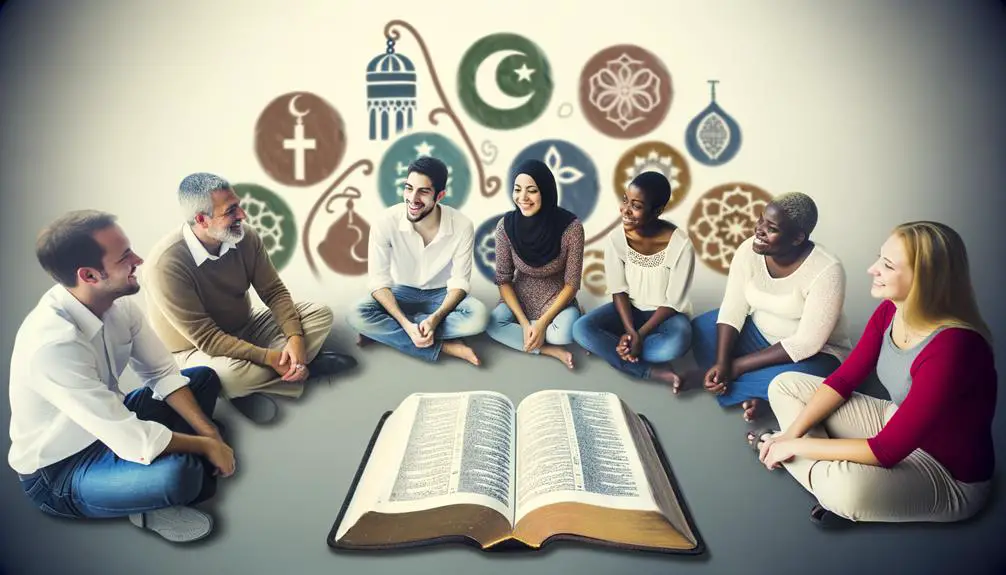
Reflecting on the advancements in translation technology and interpretation ethics, it's crucial to examine how modern editions of the Arabic Bible have been received culturally and accepted across different Arabic-speaking communities. The journey of translating the Bible into Arabic isn't only a linguistic endeavor but also a cultural bridge, challenging language barriers and confronting social resistance head-on.
As you delve deeper, you'll notice that the acceptance of the Arabic Bible varies significantly among communities. In regions with a historical Christian presence, the Arabic Bible has often been embraced as a vital tool for religious education and spiritual growth. Here, language barriers are systematically dismantled, allowing for a deeper connection between the text and its readers. The modern translations, which aim to be both faithful to the original texts and accessible to contemporary readers, have played a crucial role in this process.
However, the scenario shifts in predominantly Muslim areas, where social resistance to non-Islamic religious texts is more pronounced. The Arabic Bible confronts not just language barriers but also deeply ingrained cultural and religious norms. Despite these challenges, it has found a place within certain circles that value interfaith understanding and scholarly study of religious texts.
Frequently Asked Questions
How Do Contemporary Arab Atheists or Non-Religious Communities View the Arabic Translations of the Bible?
You might find that contemporary Arab atheists or non-religious communities approach Arabic translations of religious texts with a mix of curiosity and skepticism. Translation challenges often lead to debates on accuracy and interpretation, affecting cultural reception.
These groups typically analyze texts critically, focusing on the impact of linguistic nuances on meaning. Their perspective is shaped by a desire to understand religious influences on culture, without necessarily subscribing to the beliefs those texts propagate.
Are There Specific Verses or Chapters in the Arabic Bible That Have Been More Influential in Arabic Literature or Poetry Than Others?
You might think it's tough to pinpoint influential texts across vast literatures, but when it comes to verse adaptability and literary motifs, certain chapters and verses from the Bible stand out in Arabic literature and poetry. These passages resonate deeply, weaving biblical themes with local narratives.
Analyzing these intersections offers a rich, unbiased exploration of cultural synthesis, where biblical references enhance the literary landscape, proving their lasting impact beyond religious contexts.
How Has the Digital Age Affected the Distribution and Accessibility of the Bible in Arabic Language Among Young Arabs?
In the digital age, your access to religious texts, including the Bible, has transformed. Digital platforms have revolutionized how you find and engage with these texts. For young Arabs, this means easier access to the Bible in Arabic, impacting reading trends significantly.
Now, you're more likely to explore religious literature online, broadening your understanding and perspectives. This shift towards digital accessibility has made religious texts more approachable and integrated into daily life.
What Role Have Women Played in the Translation, Interpretation, and Teaching of the Bible in Arabic Throughout History?
You're exploring the historical contributions of women in the translation, interpretation, and teaching of religious texts. Throughout history, women have significantly contributed, often underappreciated, to religious scholarship.
They've played pivotal roles, embodying religious feminism by challenging traditional narratives and offering fresh perspectives. Their work not only enriches understanding but also ensures a diverse range of voices in religious discourse, highlighting their indispensable role in shaping religious thought and practice.
How Do Islamic Scholars Typically Engage With the Arabic Translations of the Bible in Their Theological Discussions and Debates?
In your theological discussions and debates, you often engage with translations of biblical texts through a lens of scriptural integrity and comparative analysis.
You scrutinize these texts to understand their meanings, contexts, and implications within a broader religious framework. This careful examination allows you to draw parallels, note differences, and critically assess the interplay between these religious scriptures, enriching your scholarly discourse and deepening your understanding of theological perspectives.
Conclusion
In conclusion, the journey of the Bible into the Arabic language is a testament to the adage, 'where there's a will, there's a way.' Through early translations, the dedication of Christian monks, and overcoming linguistic hurdles, its influence on Arab Christianity and cultural acceptance are undeniable.
Variants and textual differences have led to diverse interpretations, enriching both scholarly and spiritual dialogues. Modern editions continue to bridge gaps, proving that the quest for understanding transcends linguistic and cultural boundaries.

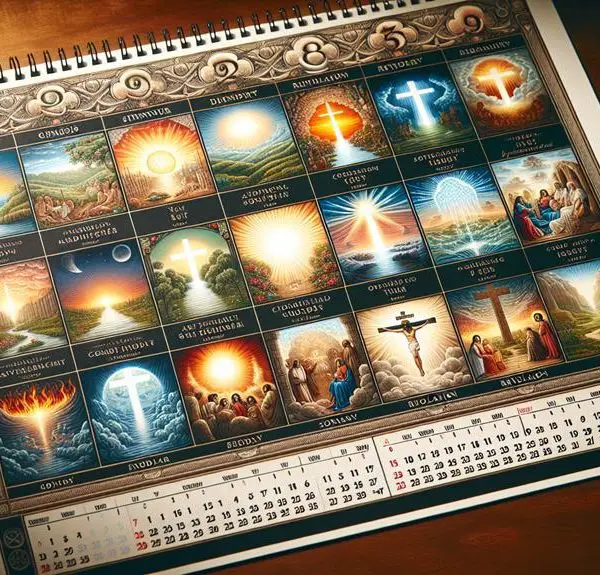

Sign up